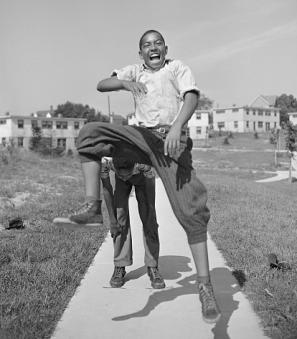The Birth of Panda-monium at the National Zoo
In April 1972, Washington's first-ever pair of pandas, Ling-Ling and Hsing-Hsing, arrived. They created what First Lady Pat Nixon couldn't resist describing as "Panda-monium" in the nation's capital.
The pair weren't the first pandas to come to the U.S. In 1938, New York socialite Ruth Harkness, guided by a young Chinese-American named Quentin Young, traveled to Shanghai and made their way by caravan deep into the country's interior, where they found a panda cub nestled in a tree and grabbed it. Harkness convinced customs officials to let her take the animal, whom she named Su Lin, to America, and kept him with her in her apartment, until she eventually sold him to Chicago's Brookfield Zoo. That zoo obtained two more pandas, and the Bronx Zoo in New York obtained four more in the years before World War II, according to Giant Panda Zoo, a website devoted to the animals. But when a communist regime was established in China in 1949, and then fought in the Korean War against the U.S. and its allies, a U.S. trade embargo against the country blocked the acquisition of any more of the animals for decades. In 1958, in fact, a panda named Chi-Chi, whom the Chinese government had agreed to give to an American zoo, actually was denied an entry permit by the U.S. government and ended up in London instead.
Flash forward to February 1972, when President Richard Nixon startled the world by traveling to China to meet with Chinese premier Chou En-Lai, in a bold gambit to improve relations between the two superpowers. During the visit, Nixon promised the Chinese a gift of two musk oxen named Milton and Matilda from the San Francisco Zoo. Chou wanted to reciprocate, and at a state banquet, he told First Lady Pat Nixon that he would "load up the plane with pandas" for the Nixons.
The next day, Pat Nixon actually visited the Beijing zoo, where she got a chance to see the animals herself. According to a news report, she greeted them with a "hi there" and commented that "they're adorable."
At the time, the only living pandas in zoos outside China were in London, Moscow, and Pyongyang. They were so unfamiliar to Americans that in March 1972 a Washington Post writer felt compelled to quote from an Encyclopedia Americana article that called them "the bob-tailed giant of the raccoon family," and explained, "there is a black patch around each eye."
Several zoos sought the pandas — Brookfield in Chicago touted itself as having previous experience with the animals, while Honolulu's zoo officials said that they had more natural bamboo and a Chinese zookeeper who already tended to bears from that country. Milwaukee officials, meanwhile, said their city's climate was the most like the region in China from which pandas came, and that they also had a successful track record for breeding captive animals. Zoos in Denver and the Bronx had influential politicians lobby for the pandas as well. But in the end, the Nixons decided that they should reside at the National Zoo in Washington, where all the animals given as diplomatic gestures since 1904 had resided.
Nixon broke the story with a phone call to Washington Star editor Crosby Noyes. Nixon reportedly told Noyes that the pair would include a male and female, but that their arrival would be delayed because they had to receive a crash-course in sex education by watching adult pandas at the Beijing Zoo. "The problem with pandas is that they don't know how to mate," Nixon explained, according to a History.com account. (Here's a recording of that conversation.)
The animal exchange had to wait a while, because one of the young musk oxen developed a cold and sore throat, and couldn't drink the milk he needed for nourishment. Also, the National Zoo had to prepare for the unfamiliar species. Dr. Theodore Reed, the National Zoo's director, flew to London to see Chi-Chi, the panda who resided there and get advice from the zookeepers on what sort of food and accommodations pandas might need. At their advice, the National Zoo remodeled what had been a house for rhinos, splitting the quarters into two separate garden apartments, with a door between them "in case the animals choose to socialize," according to a Post report. The quarters were also outfitted with extra-thick "panda-proof glass."
But finally in April Reed, the National Zoo's director, flew to San Francisco in an Air Force C-141 jet to pick up the two musk oxen, and then headed to China to deliver them and pick up the pandas. In Beijing, hundreds of Chinese kindergarten students went to the zoo for one last look at the pandas, crying out "wake up, panda, wake up!" at their cage. Chinese officials, given their penchant for secrecy, refused to reveal to foreign correspondents the names of the two pandas who were being given to the U.S. Meanwhile, Reuters reported that the young musk oxen didn't seem too interested in the crowds of Chinese zoogoers who flocked to see them, to the latter's disappointment. (Back in Washington, National Zoo public information director Billie Hamlet tried to stave off international tensions by defending the musk oxen. "Milton is really very charming," she insisted. "What do they expect him to do — stand on his hindlegs and dance a jig?")
Meanwhile, back in Washington, Panda-monium kicked into high gear. Reporters so badgered Hamlet for updates on the pandas' progress on the trip that she humorously threatened to jump off the Calvert Street bridge if she didn't get any word from Reed in China. Hecht Co. and Garfield's department stores stocked big supplies of stuffed panda toys for the anticipated demand, and the zoo opened a special kiosk stocked with vinyl and plastic pandas, panda posters, panda postcards, and other merchandise. Panda buttons and bumper stickers were on order. (Mrs. Nixon's White House staff actually surprised her on her 60th birthday with a panda doll oddly decorated in a kelly green bow and labeled "Pat O'Panda.")
After a 10,000-mile flight, on April 16, 1972 the plane touched down at Andrews Air Force base, and the two pandas disembarked. Their identities finally were revealed: Hsing-Hsing ("Twinkling Star"), a 74-pound, 18-month-old male, and Ling-Ling ("Darling Girl"), a 136-pound female of the same age. According to a New York Times account, the pandas were rushed to the zoo in a dawn motorcade under tight security.
Reed revealed to reporters that the two young pandas had not actually met, and their first encounter would be delayed by about six months. But he described the animals as "sweet and cuddly and loveable" and noted their curious habit of chewing on their water bowls after drinking.
Three days after the pandas arrived at the National zoo, they were greeted on "Panda Day" by a crowd of 20,000 well-wishers. According to a New York Times account, people stood 10-deep in the panda house, staring in fascination as Ling-Ling — the more outgoing of the two — lay on her log sofa, "daintily nibbling on a piece of honey-bread toast clutched in a forepaw." She went on to amuse the crowd by picking up a pan of rice and soybean porridge, licking it clean, and then using the empty pan as a hat.
That afternoon, Mrs. Nixon, who had been in attendance, told her husband that "they were just darling. Everybody raved about them."
Eventually, the pandas moved into their special quarters, which included a large terrace that was temperature-controlled at 50 degrees to simulate their native climate.
The pandas, predictably, were big tourist attractions — over a million people visited the zoo in the first four weeks that the pandas were on display (compared to 677,115 the previous year). They eventually produced five cubs, but sadly, none survived more than a few days. Ling-Ling died in 1992 at age 23, and Hsing-Hsing, her mate, passed away seven years later. The panda house then remained vacant until two more pandas, Mei Xiang and Tian Tian, arrived from China in 2000.


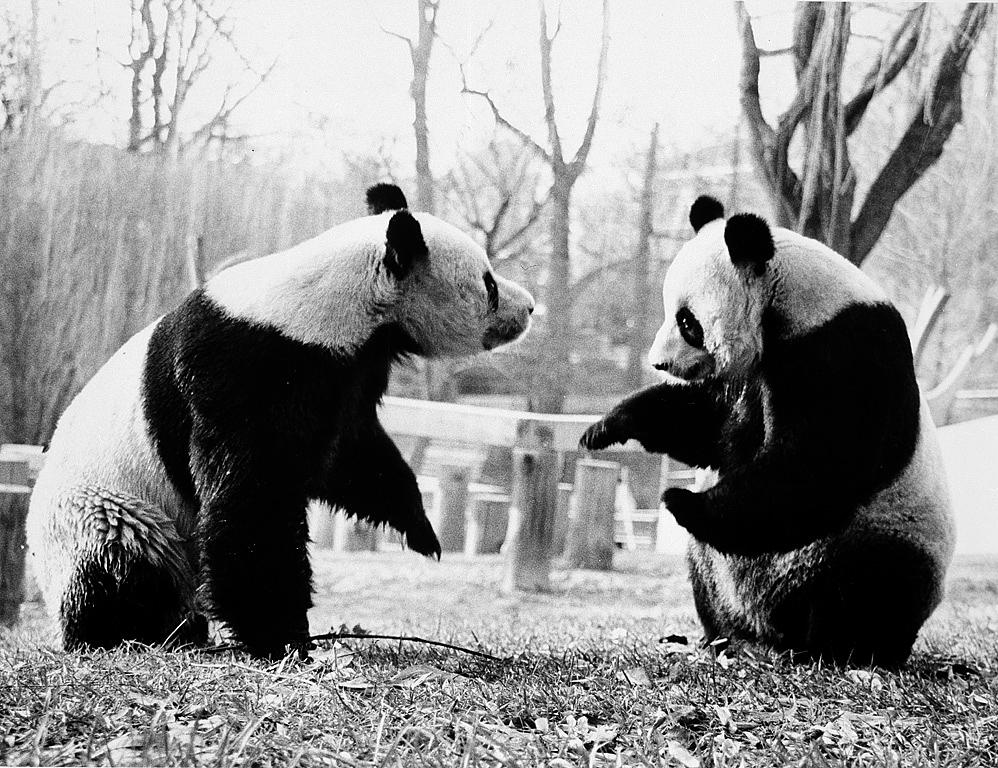
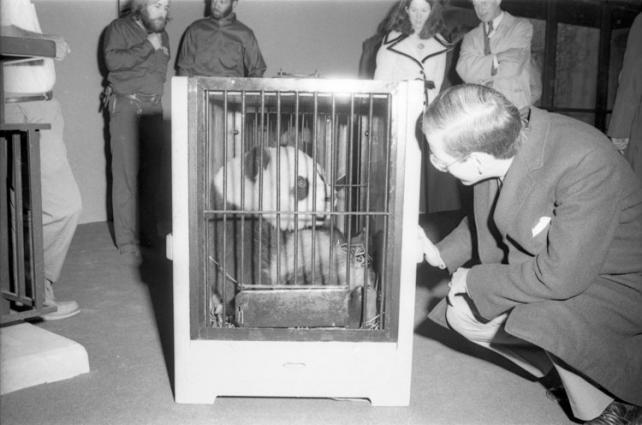
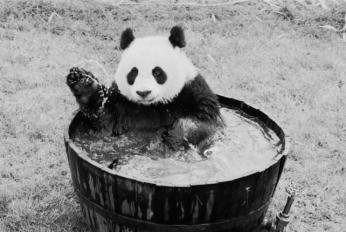
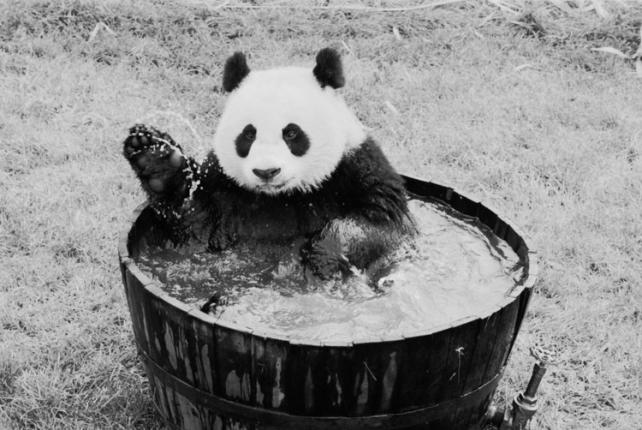
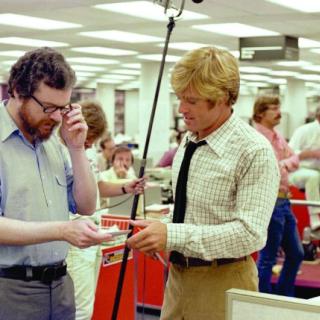
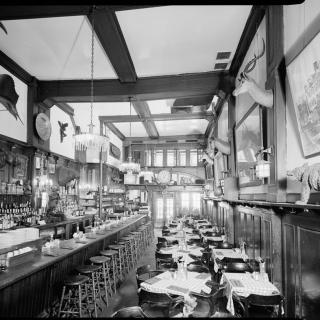
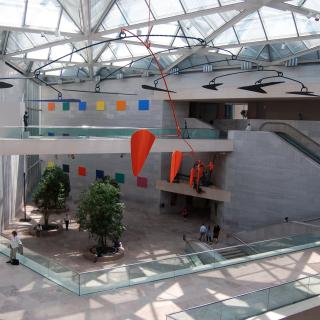
![Sketch of the mythical fuan by Pearson Scott Foresman. [Source: Wikipedia]](/sites/default/files/styles/crop_320x320/public/2023-10/Goatman_Wikipedia_Faun_2_%28PSF%29.png?h=64a074ff&itok=C9Qh-PE1)











